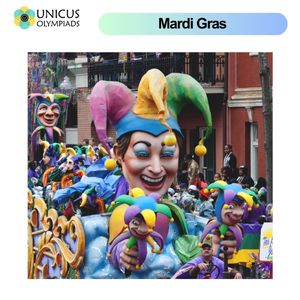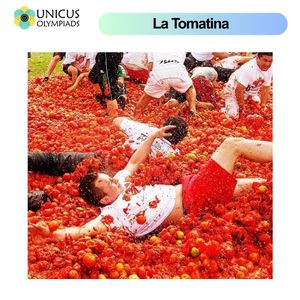

Festivals are vibrant celebrations that reflect the cultural, religious, and historical traditions of different societies. Across the world, festivals are celebrated with a sense of joy, unity, and pride. They often include rituals, music, dance, food, and other traditional practices. Here are some of the most popular festivals celebrated worldwide, showcasing the diversity and richness of global culture.
Diwali, also known as the Festival of Lights, is one of the most important festivals in India. It marks the victory of light over darkness and good over evil. Families celebrate by decorating their homes with oil lamps (diyas), bursting fireworks, and enjoying sweets and festive meals.

Christmas is celebrated by Christians around the world to mark the birth of Jesus Christ. It is a festive season filled with decorations, feasts, gift-giving, and church services. Christmas traditions vary by country but generally include Christmas trees, lights, and family gatherings.

Carnival in Brazil is one of the largest and most famous festivals in the world. It is a lively celebration filled with samba music, dance, parades, and colorful costumes. The event occurs before Lent in the Catholic calendar and is an expression of Brazilian culture and traditions.

Oktoberfest is the world’s largest beer festival, held annually in Munich, Germany. It celebrates Bavarian culture with beer, traditional music, and hearty German foods. Visitors from around the world gather to enjoy the festivities in a vibrant and lively atmosphere.

Chinese New Year, also known as the Spring Festival, marks the beginning of the lunar new year in China. It is celebrated with family reunions, feasts, red envelopes (containing money), fireworks, and dragon and lion dances. The festival is celebrated by millions of people in China and around the world.

Halloween is a fun and spooky celebration that involves dressing up in costumes, carving pumpkins, and trick-or-treating. It is celebrated on October 31st in many countries, particularly in the USA, Canada, and the UK. Halloween is known for its eerie atmosphere and cultural traditions linked to ghosts, spirits, and supernatural beings.


Hanami is a traditional Japanese festival celebrating the cherry blossom season. It involves gathering under blooming cherry trees to appreciate their beauty and enjoy picnics with friends and family. Hanami is a symbol of the fleeting nature of life, as cherry blossoms bloom for only a short time each year.
Mardi Gras, primarily celebrated in New Orleans, USA, is a lively festival known for its colorful parades, costumes, beads, and music. The festival occurs before Lent and is a time for indulging in food, drink, and celebration before the fasting period begins.

La Tomatina is an annual festival held in the town of Bunol, Spain. It involves a massive tomato fight, where thousands of people throw tomatoes at each other in a fun and chaotic celebration. The festival has grown in popularity and attracts visitors from around the world.
